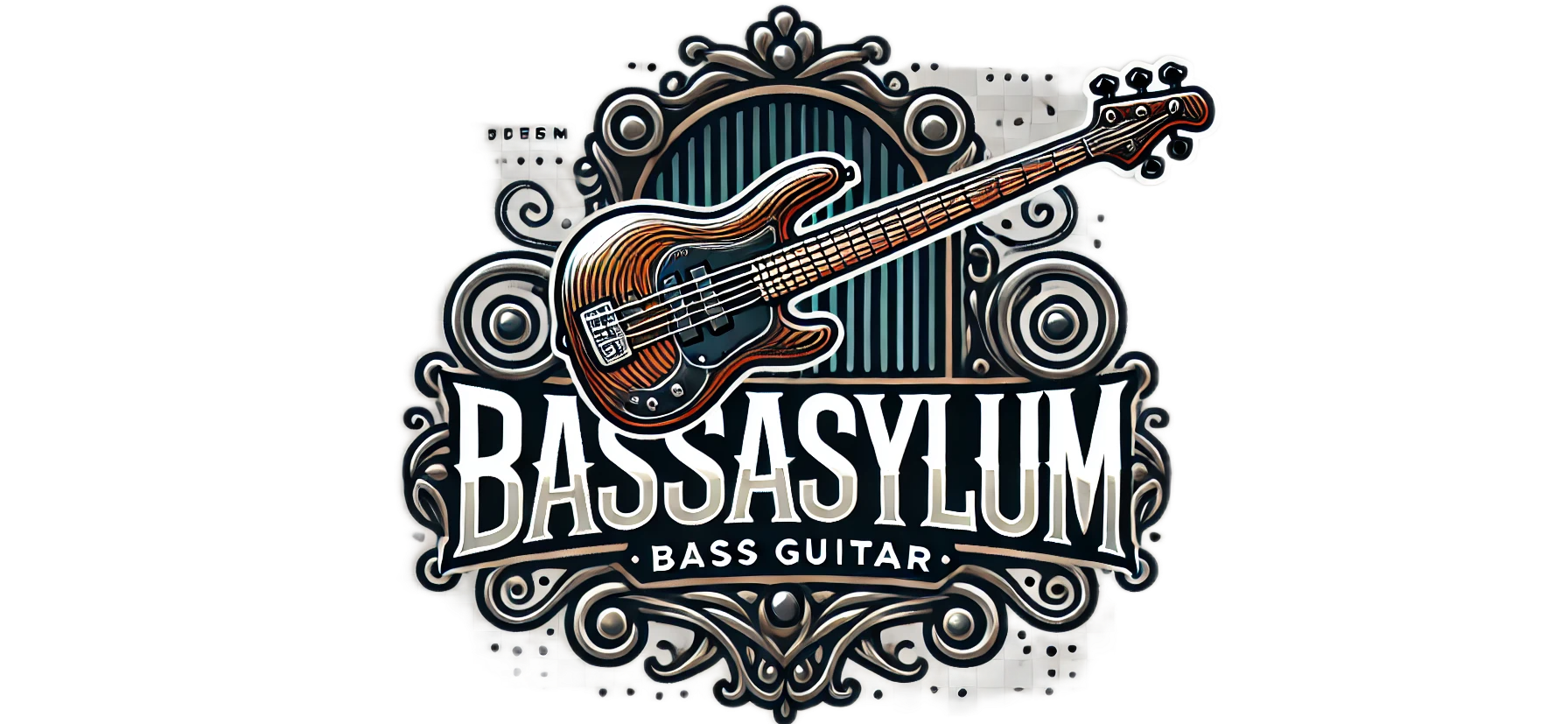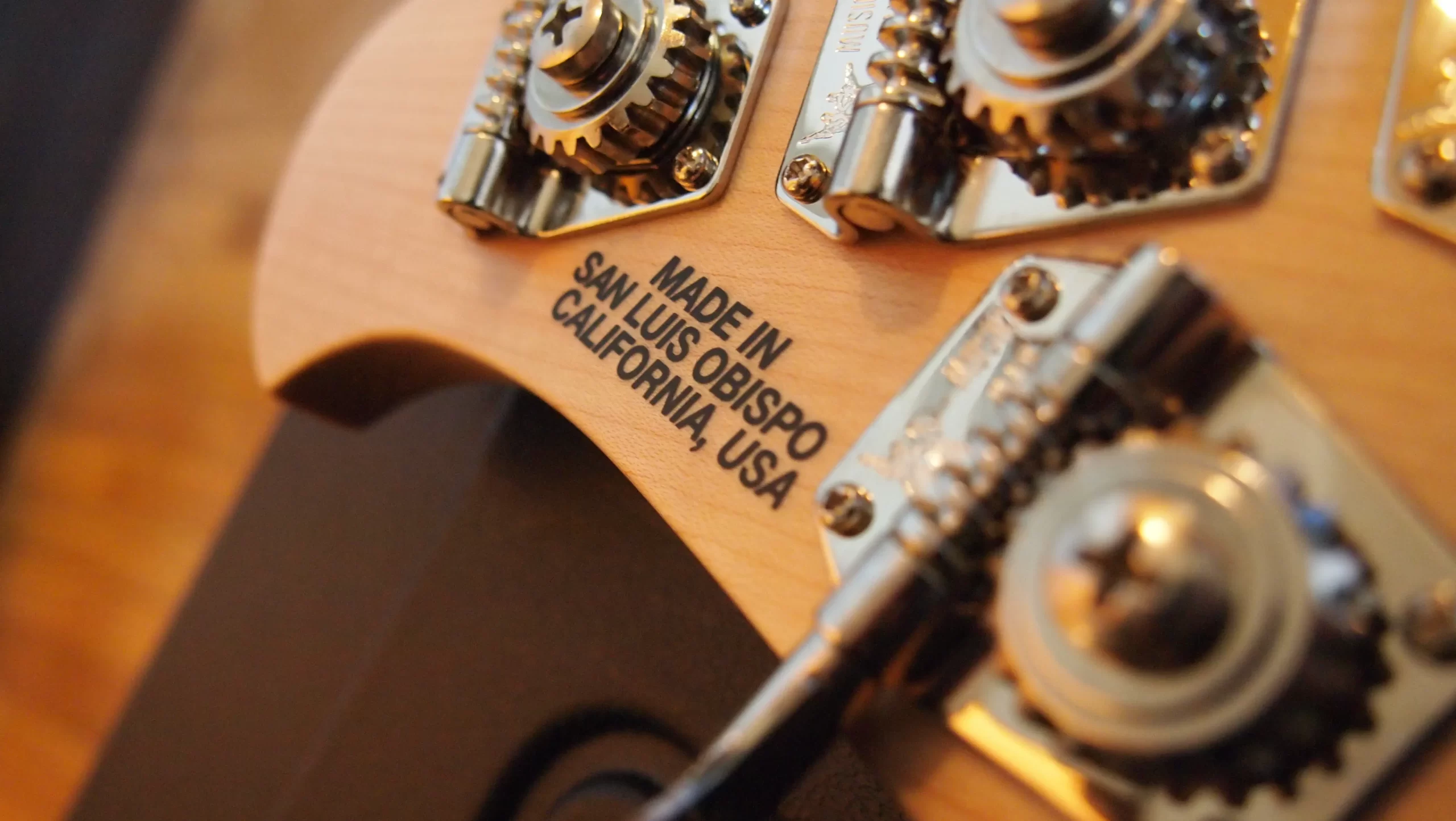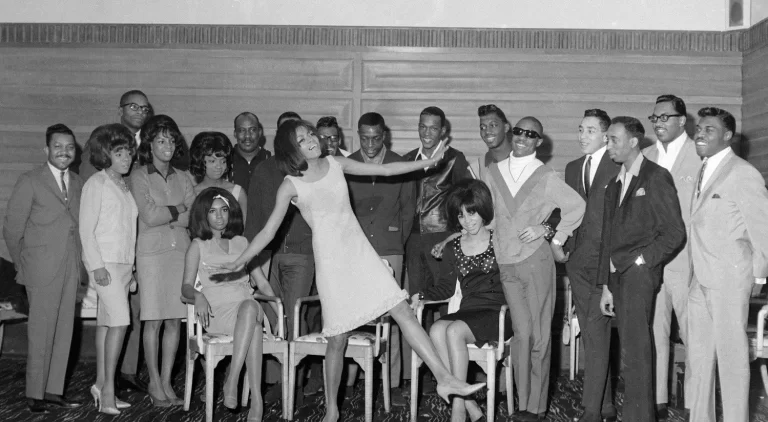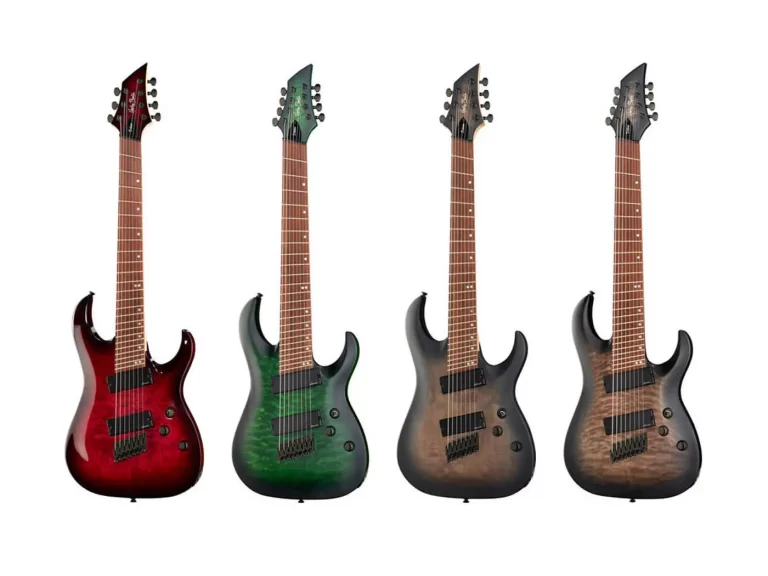How to properly tune a bass guitar
Today I would like to talk about such super important thing, as bass guitar tuning. You need to tune your bass guitar properly and check your tuning every time you sit down to practice. Because that way you will develop your hearing in the right direction. Pretty quickly it will just become a habit, especially since tuning instruments these days has become a lot easier than it was 15-20 years ago, believe me…
To begin with, we should decide what we’re going to use. Here actually everything is very simple. Either you have to buy a clip on tuner, or download an app on your smartphone. I don’t think there should be any difficulty.
On a more professional level, they often use floor chromatic tuners that look like an effects pedal. They are convenient to use right during the concert, in between songs (of course, it is desirable to mute the bass guitar…). On Aliexpress a tuner for bass guitar costs a penny, I have one myself.
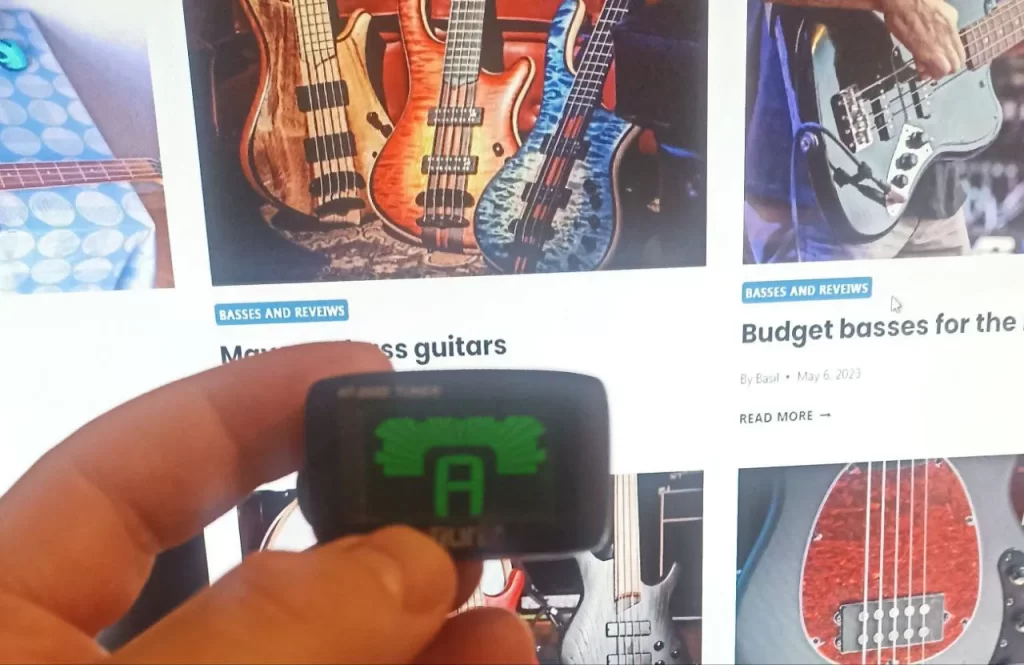
The price of the tuner can be from 5 euro and up to infinity, depending on the manufacturer.
At home, of course, many people use the application, but it is hardly convenient to do at the concert or even rehearsal… I use a simple clothespin, or a floor built in tuner of my processor.
Also now there are sites with online tuners, and even YouTube channels, with sample tuners.
Bottom line, we have:
- A clothespin tuner.
- A floor tuner.
- A smartphone app.
- Different sites with tuners.
- And to be fair, a tuning fork can also be added to the list. They are still being made and sold today. You can use a tuning fork, make your colleagues happy.
In general, we know how to tune a bass guitar, it remains to know which note corresponds to which string.
Four string bass guitar scale
The standard scale for a four-string bass guitar is EADG. Probably 99.9% of all music in the world is played in this scale. I advise you to start your way in this canonical formation. It doesn’t matter if you like to play in drop tunings, you have to memorize the basics of sound and note placement, scale patterns, and fingering. Even if you play in a band in a drop formation, try to practice in a standard formation at home too.
BEAD bass guitar scale
Here I will talk about alternative tuning BEAD. In fact this is the best alternative to buying a 5 string bass guitar. You simply take the top four strings from the five-string kit and tune your bass. This method works for you if you don’t use much of the lower G string. Otherwise, you’ll have to spend money on a five-string bass. Read about the pros and cons of five-string bass guitars.
DROP D
The Drop D bass guitar tuning, is a kind of compromise between the traditional string and the BEAD string. The thickest E string is dropped a tone lower. The other strings are left untouched. Thus we get the system DADG . The fingering will change insignificantly, but you will have low D and E flat in your arsenal, which is very important sometimes.
Drop D is played by one of my favorite bassists, Justin Chancellor from Tool, by the way.
5-string bass guitar scale
In the case of the five-string bass guitar, we traditionally have the BEADG scale. Here I will not repeat why this is necessary and what it gives. On this site there is already a detailed article about the pros and cons of a 5-string bass guitar.
Alternative 5 string bass guitar tuning. EADGC
Another way to tune a bass guitar. In case you do not figure out where to use the once much needed fifth string, you can buy a set of strings for a six-string bass guitar, throw out the thickest string. That way you have the EADGC formation. This will give you more possibilities when playing chords, more colors when playing solo in case you suddenly have a little guitar player living inside of you.)
6-string bass guitar scale
As you probably already know, the bass guitar has strings added not only to the lower range, as a normal guitar, but also to the lower and upper. That is, a five-string bass guitar adds a thick string, but a six-string bass guitar adds a thinner C string in addition.
The result is that a six-string bass guitar has the following formation: BEADGC. So we have a lot of high notes and a little bit more low notes than a four-string bass guitar. It certainly gives you a lot of possibilities, but don’t think in terms of, “The more strings, the better. There are disadvantages, but that’s not what this article is about.
D Tuner. The Magic Thing
Speaking about bass guitar tuning, at the same time I would like to tell you about such a thing as D Tuner.

In fact D Tuner is a cunning tuner that is installed on the place of the last tuning knob and allows you to lower the string tension exactly by one tone by moving a small lever. As a result, with a slight movement of the hand we get Drop D, without any tuner fiddling. The thing is definitely necessary for those who play in different tunings, in different bands, etc. The main manufacturer is Hipshot.
This clever thing comes in different versions and is selected for each bass separately. Some D Tuners allow you to drop a string in several positions: in D and in A, for example. All in all, it’s a lot to dream about and to experiment with. This gizmo is quite tricky and difficult to make. It’s almost a piece of jewelry, so the price is appropriate.
Tuning bass guitar. Conclusion
I really hope that this article was useful to beginner bass players, who now know better how to tune a bass guitar. In fact, of course, there are a myriad of alternative ways to tune a bass guitar. But in this article, I wanted to talk specifically about the standard ways to tune a bass guitar and the most common alternative tunings.
Play the bass guitar, make music! Your imagination is the main tool. You can even invent your own way to tune your bass (it’s not forbidden), but it’s a good idea to start with the basics.

Hey, fellow bassists and musicians overall!
I’m nothing more than just bass player and enthusiastic blogger. Feel free to ask any questions in the comments.
Huge thanks for all crazy people who supports this resource. Keep groovin’!
